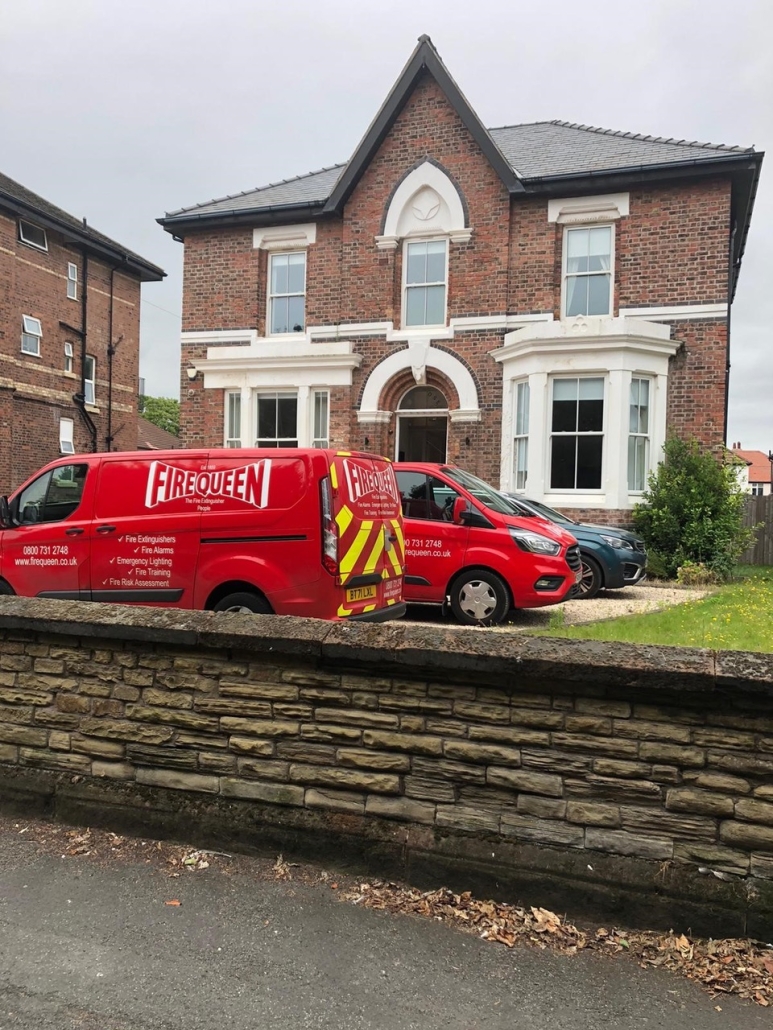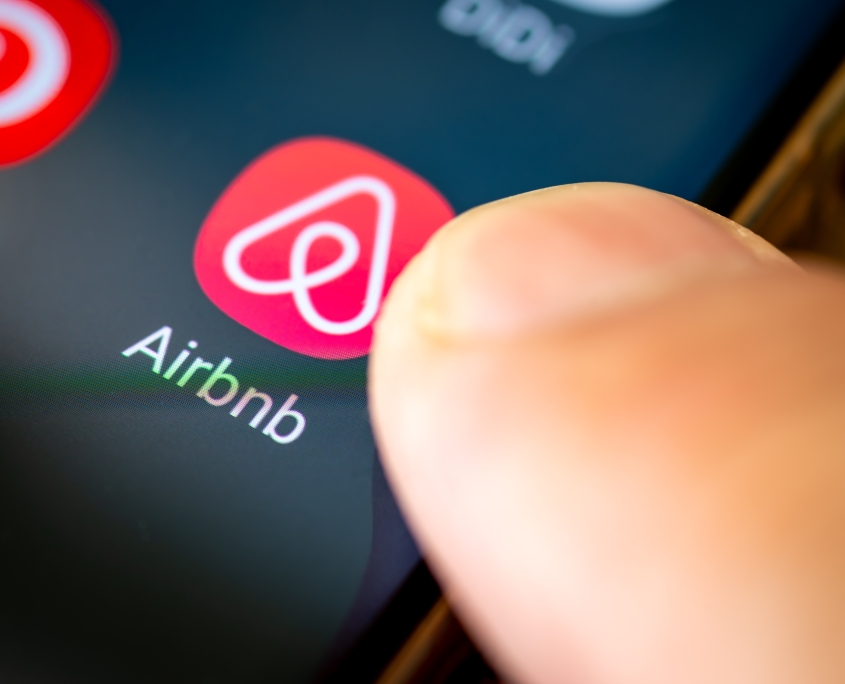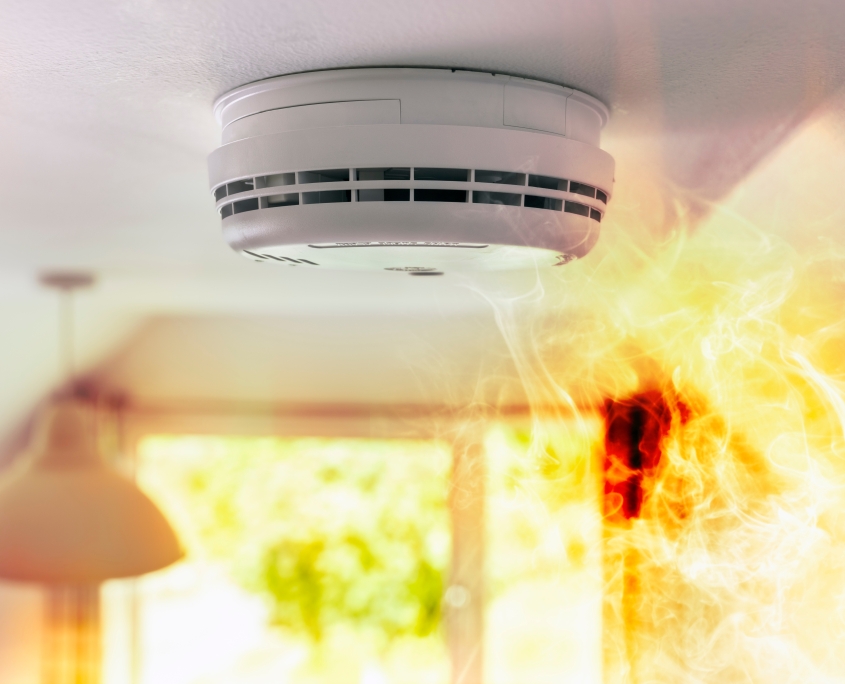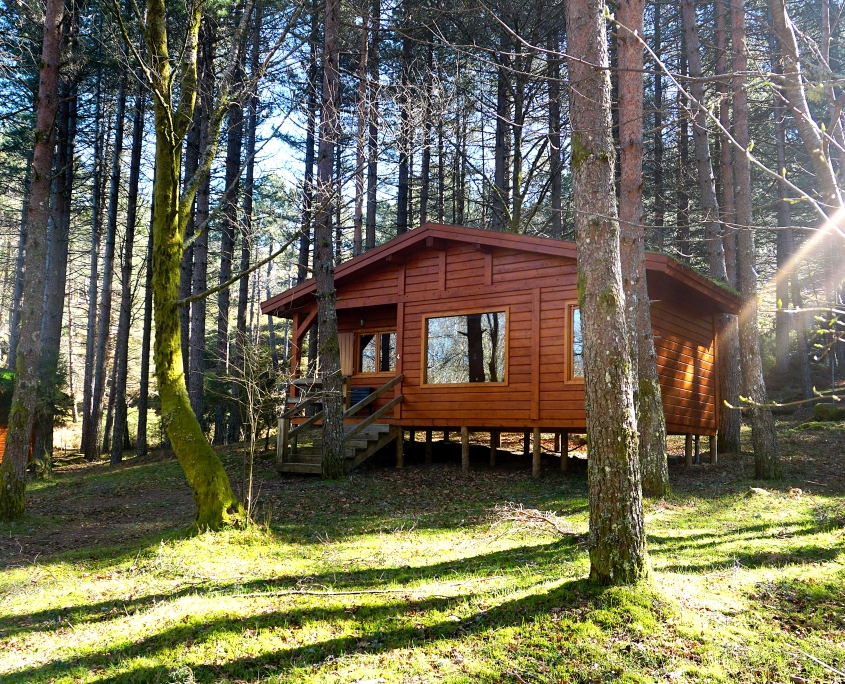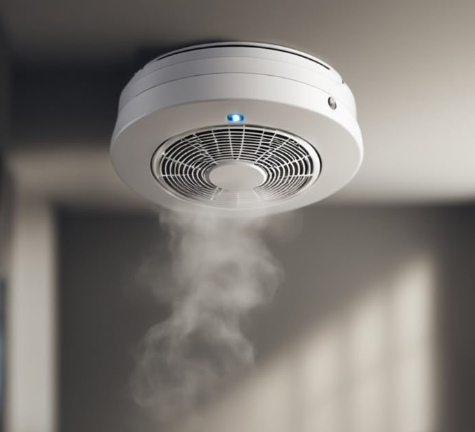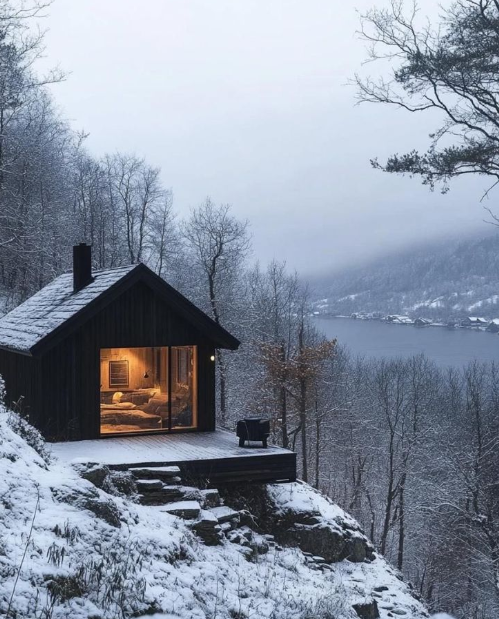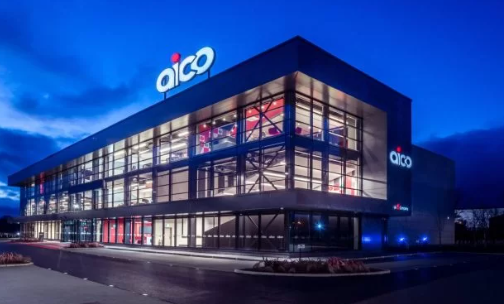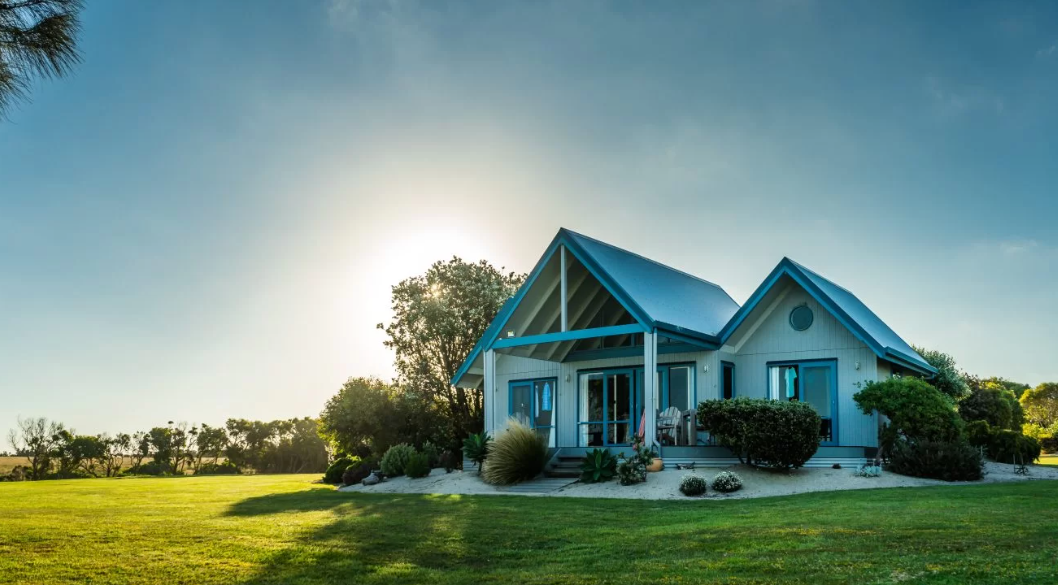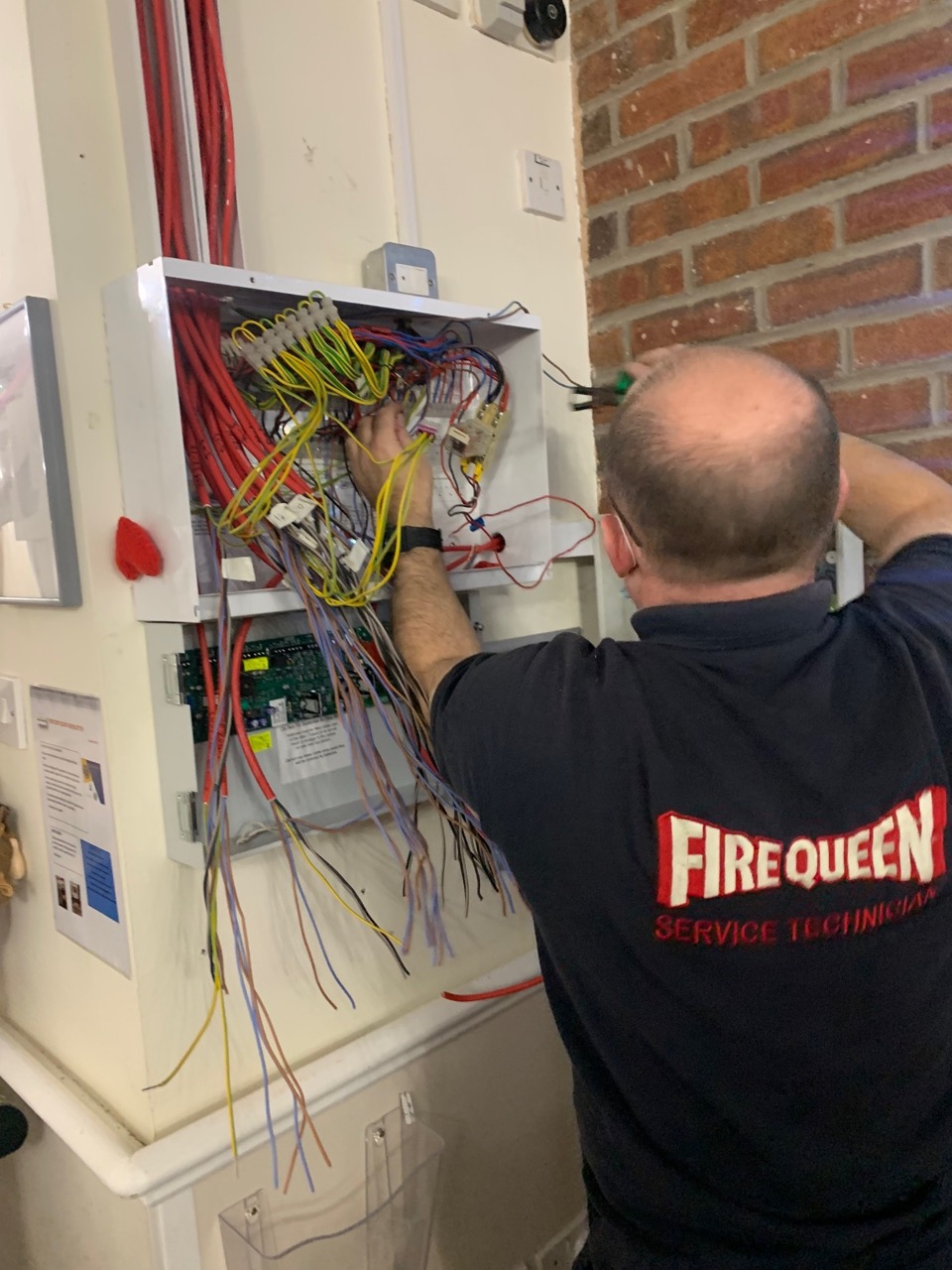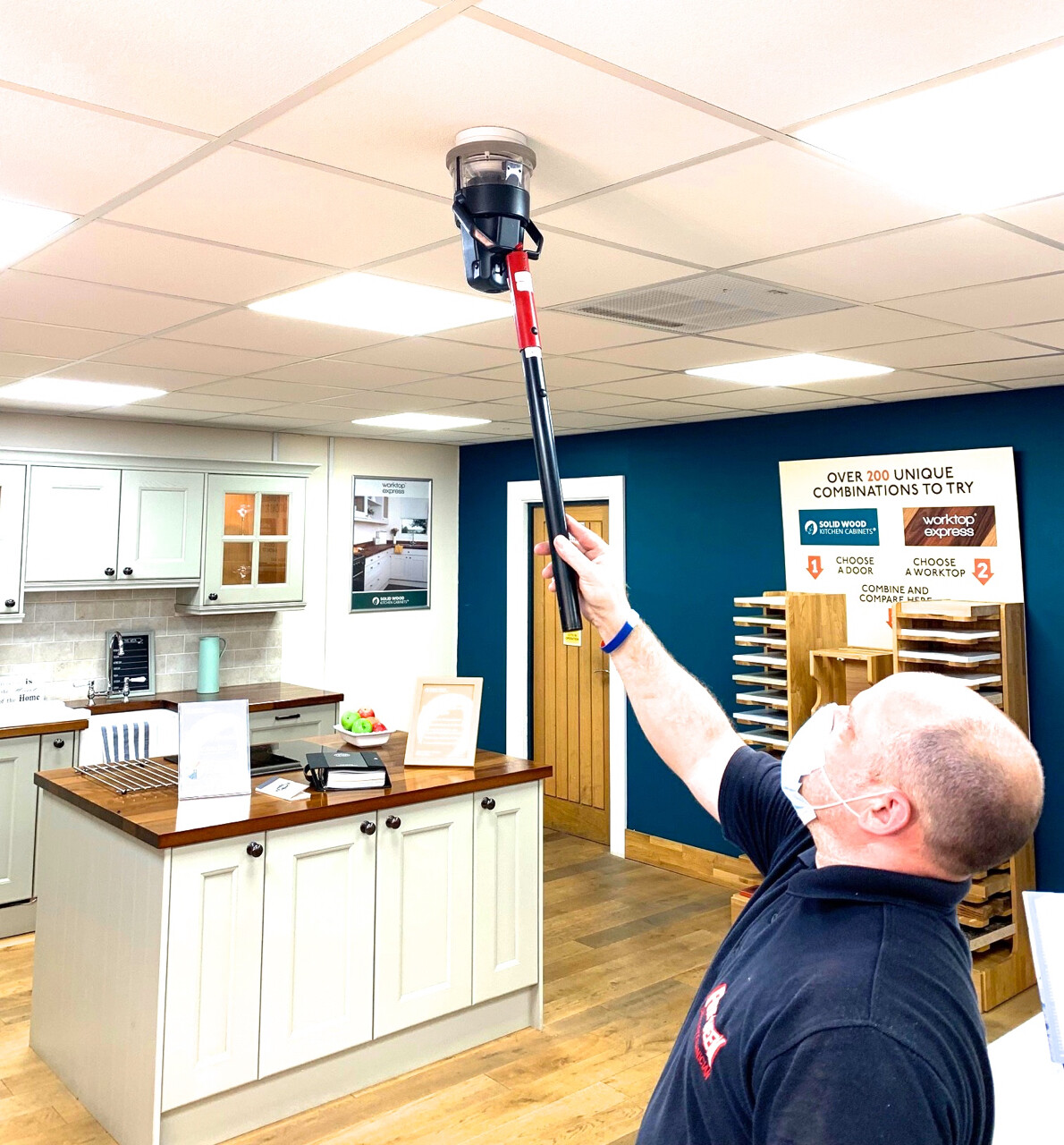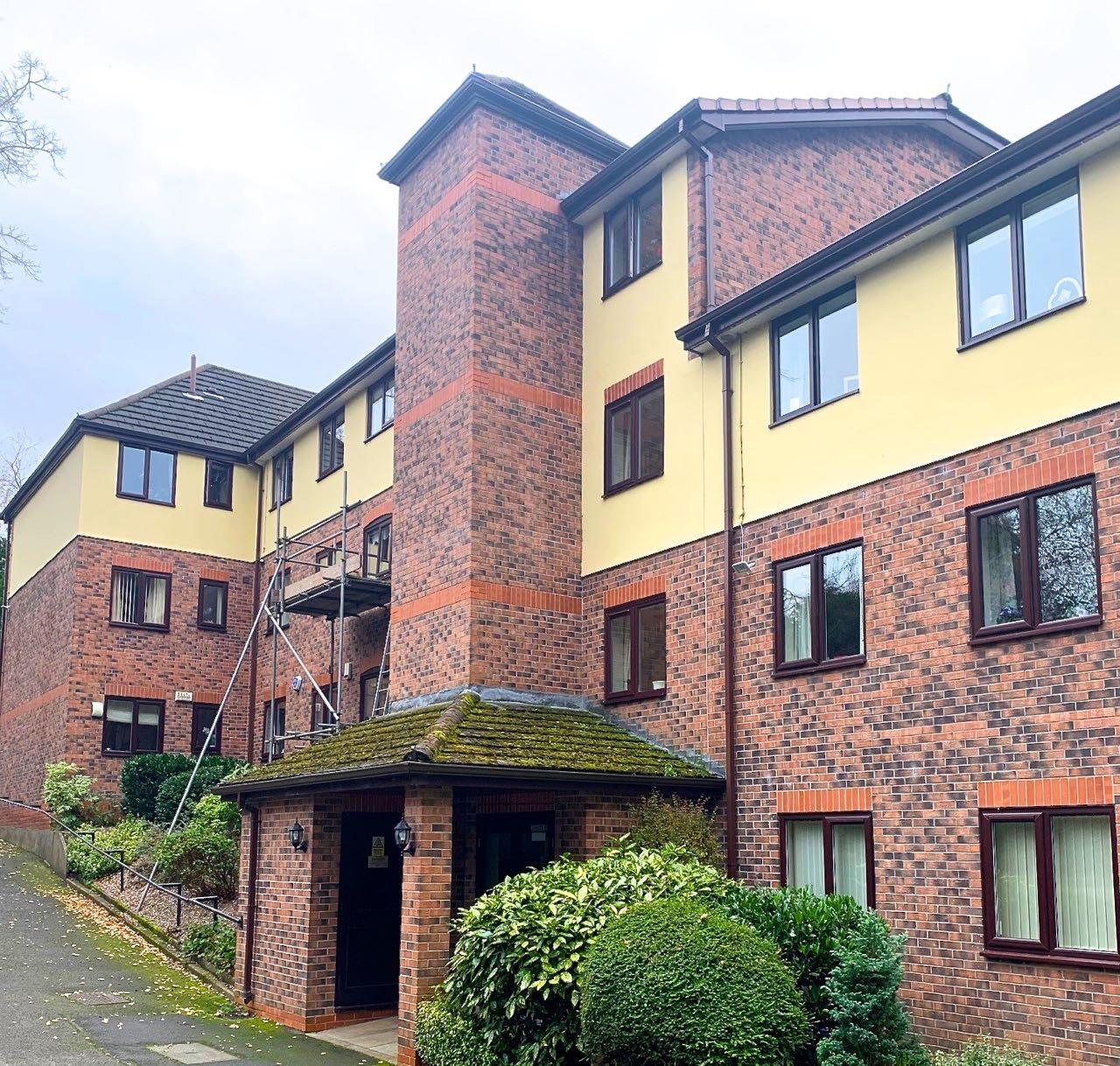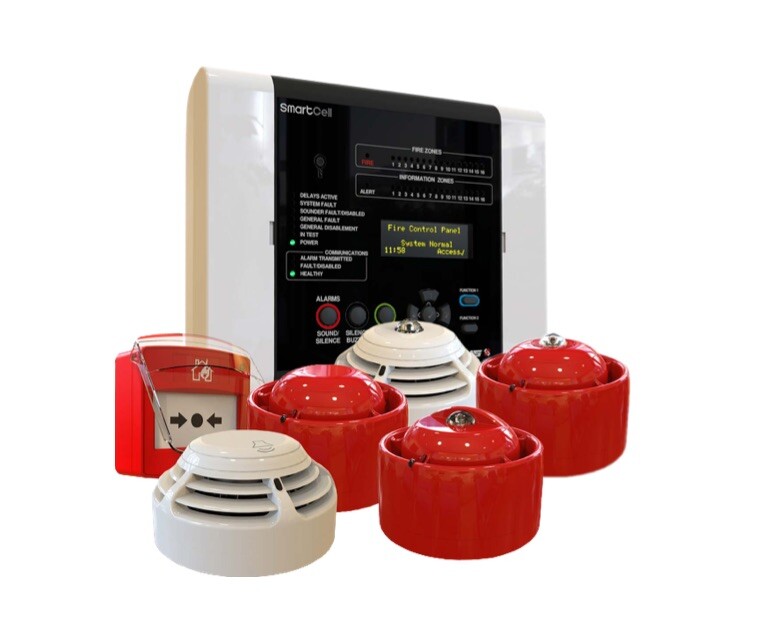Fire Safety requirements in Holiday Lets & Airbnb’s
Ensuring that your Holiday Let or Airbnb meets the requirements of The Fire Safety Order can be confusing & expensive if not done right. We have put together some guidance to assist you in ensuring your premises are safe, compliant & ready to let.
As of October 1, 2023, there were amendments made to The Regulatory Reform (Fire Safety) Order 2005; they state that if you own an Holiday Let or Airbnb in England & Wales, you must have a written Fire Risk Assessment. If you don’t have a written Fire Risk Assessment, you cannot legally accept any paying guests. This Assessment will be your guidance & highlight any actions required to ensure your premises are safe & compliant.
The Fire Safety Order also applies to other types of guest accommodation such as holiday caravans, camping & glamping pods, bothies, lodges, shepherds’ huts, tents, tree houses & yurts. This guide should provide a helpful overview of the legal requirements in relation to fire safety, possible fire safety hazards & general fire safety principles in these types of accommodation. In some cases, many of the fire protection measures outlined below are unlikely to be appropriate or necessary, not least because of the manufacturing standards which apply (for example, fire doors would not be appropriate in caravans or tents).
If you are a person with responsibility for the premises, under fire safety legislation, you must:
- Ensure a suitable & sufficient fire risk assessment of your premises is carried out by a qualified assessor
- Ensure adequate fire safety measures, such as escape routes & fire alarm systems are provided; also that steps are taken to prevent fire from occurring
- Maintain the fire safety measures & ensure they are in good condition & in effective working order
- Have adequate fire procedures to ensure employees, guests & visitors are aware of what to do in the event of fire & that they understand the fire safety measures within the premises
- Keep your fire risk assessment & fire safety measures under regular review
- Keep a record of your completed fire risk assessment & fire safety. Your assessment should ideally include the name & organisation whom completed it
The key areas covered in your Fire Risk Assessment are as follows;
External Wall Systems (Cladding)
If your Holiday Let or Airbnb property has external walls with cladding, this must be checked as part of the assessment.
Fire Doors
Your Holiday Let or Airbnb must contain fire doors which are easy to open & close & which can withstand the spread of fire & smoke for up to 30 minutes. These are known as FD30 doors & are the minimum legal requirement you need to be in order to be compliant.
Alarms & Smoke Detectors
Your Holiday Let or Airbnb must contain interlinked, hard-wire smoke detectors in the following areas:
- All bedrooms
- All living rooms
- Dining rooms leading to the main fire exit
- Hallways
- Corridors
- Staircases
As well as the above you must have a heat alarm in your kitchen & laundry/utility room.
If you own a larger property, you may require a commercial grade Fire System installing (Fire Queen can advise on this and assess both options if required).
Means of Escape
You are required under law to ensure that it is possible for guests & staff to evacuate the premises as quickly & as safely as possible in the event of a fire. Emergency routes & exits must lead as directly as possible to a place of safety.
Exit routes should be suitable for use by disabled people, other vulnerable people, or children; if this is not achievable, the premises should be clearly advertised & marketed as having certain features which may make it more difficult for some people. E.g. people with specific disabilities, vulnerable people, or children as appropriate.
Exit doors, such as the front or rear door, should always be easy to unlock & must not need a key to unlock them from the inside. A simple latch or thumb turn is usually good enough, however, you may need to consider whether all guests are able to open these doors. A simple single action turn handle or lever may be more appropriate.
When guests check in, they should be provided with a plan or instructions on how to access the nearest exit.
Fire Safety Signage
In simple premises, the escape routes & exits are likely to be obvious & in daily use; as such, there will not normally be a requirement to provide fire exit signs.
You may need to provide some fire exit signage if exit routes are not obvious & exit doors are not commonly used. You must provide this if it is needed to ensure the safety of persons on & around the premises; you should also include details of the escape routes & locations of exit doors in the information pack you give to guests.
Firefighting Equipment
In the event of a fire, evacuating the premises is the safest thing to do & guests should not be expected to use firefighting equipment.
If you have staff on the premises, or if they regularly visit the premises, firefighting equipment should be provided & staff should be trained how to use it. You should make sure that the instructions are clear, that there is a warning that evacuation is preferable & that staff should not put themselves at risk or tackle anything other than a very small fire.
In self-catering accommodation, although guests are not generally expected to use fire-fighting equipment, you may wish to provide a small fire extinguisher &/or fire blanket in the kitchen area; the use of these is relatively straight forward & limited.
Emergency Escape lighting
Normal light switches should be easy to find; you should think about what may happen if a fire interrupts the electrical supply. Would any ‘borrowed lighting’ (e.g. from nearby street lighting) be adequate to allow people to find their way out?
If not, you can replace or enhance existing light fittings with emergency escape lights at a reasonably low cost; these have internal batteries which power the light in the event of a mains failure. You must provide this type of lighting in hallways, staircases & other escape routes which guests would be required to navigate in darkness should the mains power fail where necessary to ensure their safety.
In the smallest premises, it may be acceptable to rely on rechargeable torches which illuminate automatically if the electrical supply fails. In this case, you should have one in each bedroom, with a sign which explains their function.
It is also possible to obtain “night lights” which remain plugged into sockets & provide lighting when the normal lighting is switched off or fails. (The sockets can still be used normally, by plugging electrical appliances into the night light.) If electrical sockets are located on escape routes, these can provide illumination of the escape route but can also be removed from the socket for use as a torch.
You may need to consider external lighting to ensure outside areas & escape routes are well lit.
Ensure your Fire Safety Precautions are Optimal!
Fire Queen Limited work with Aico (the market leaders in domestic technology) & are Gold Standard Installers. This adds to our already comprehensive accreditations which include NICEIC Approved Contractor, BAFE SP101, ISO9001, ISO14001 & SafeContractor. Our aim is to provide the highest level of service at best value, ensuring customers are safe & fully compliant to current legislation.
Fire Risk Assessment for Airbnb and Holiday Lets – Contact Us Now to Discuss Your Fire Safety Requirements
